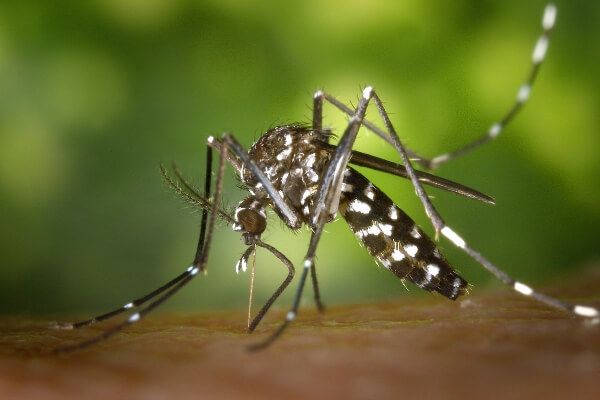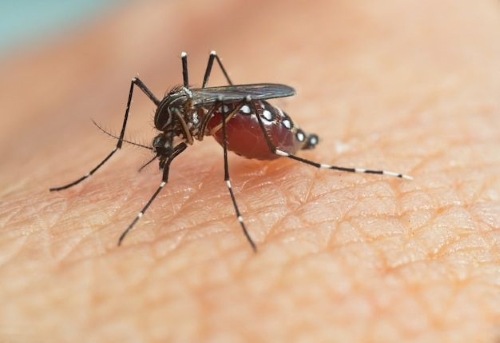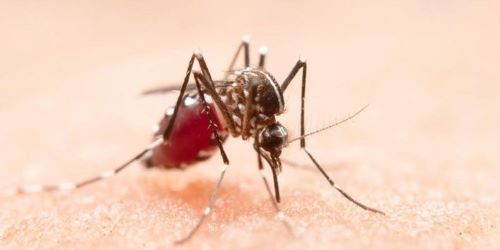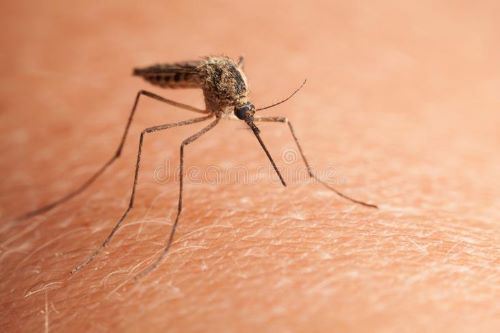Common Mosquito species
Mosquitoes are known to spread vector borne diseases such as dengue and malaria. Learn more about the lifecycles and habits of these blood-suckers that are commonly found in India.

Do you think you have Mosquitoes ?
Don't waste time, book a treatment now with one of our expert

Aedes mosquitoes
(Aedes Aegypti)
The bites from an Aedes mosquito peak at the change of light intensity (after sunrise and before sunset).
- Adult has black and white markings.
- Larval rest 45 degree from the surface of the water.
- Egg is black in colour and shape like a rugby ball.
- Egg to adult stage takes 6 – 8 days.
- Complete metamorphosis – egg, larval, pupa and adult.
- Habitat – container breeder especially man-made containers with clean water.
- Prefer darker colours like black and red.
- Can fly short distance (50 – 100m).

Anopheles mosquito
(Anopheles SPP.)
The Anopheles mosquito is responsible for transmitting malaria.
- Adult – pale and dark marks on its wings and resting 45 degree angle to the surface.
- Larval rest parallel to surface of the water.
- Egg is about 1mm long and has floats on its sides.
- Egg to adult stage takes 6 – 10 days.
- Complete metamorphosis – egg, larval, pupa and adult.
- Habitat – prefer clean and unpolluted water.
- Biting rhythm – bite at night and rest indoor and outdoor (depends on species).
- Prefer darker colours.
- Female with one blood meal can lay 50 – 150 eggs.

Culex mosquito
(Culex spp.)
Culex mosquitoes are the main vector for Japanese B – Encephalitis
- Adult – thorax, legs and veins on the wings are always covered with brown scales. Dull in colour. The tip of the abdomen is always blunt.
- Larval rest 45 degree from the surface of the water.
- Egg is brown, long and cylindrical, vertical on water surface, cemented in a raft of 300 eggs. Raft usually 3 – 4mm long and 2 – 3mm wide.
- Egg to adult stage takes 6 – 10 days.
- Complete metamorphosis – egg, larval, pupa and adult.
- Habitat – mainly breed in polluted stagnant water and drains.
- Biting rhythm – bite at night and usually rest indoor before and after the blood meal. Sometimes they may rest outdoor.
- Prefer darker colours.
- Long distance fliers.

